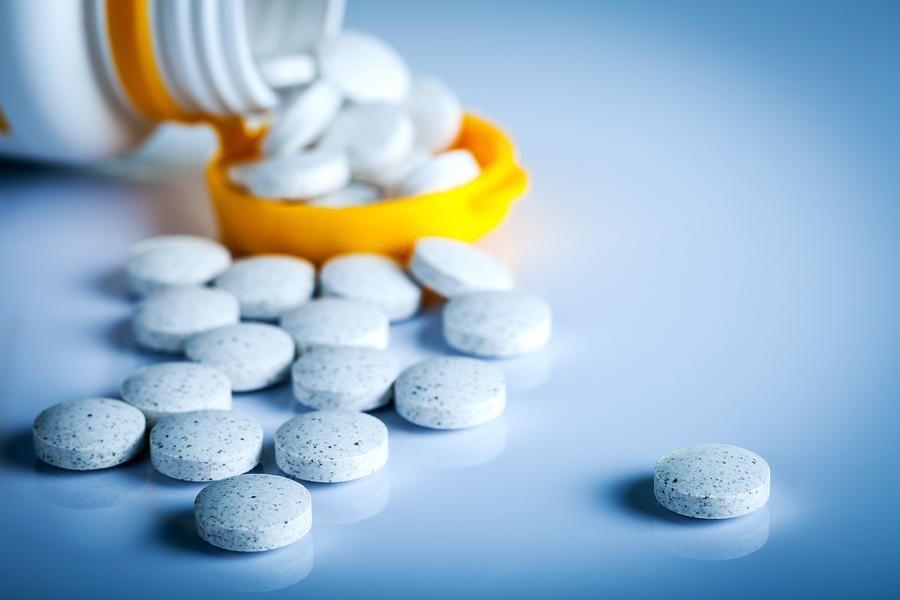 Adderall has become well known for its effectiveness in treating attention deficit hyperactivity disorder (ADHD) and conditions like narcolepsy. Individuals with these conditions often feel as if they can take back their lives, as they once again can function effectively in society thanks to this stimulant medication.
Adderall has become well known for its effectiveness in treating attention deficit hyperactivity disorder (ADHD) and conditions like narcolepsy. Individuals with these conditions often feel as if they can take back their lives, as they once again can function effectively in society thanks to this stimulant medication.
Unfortunately, like any medication, Adderall comes with a set of possible side effects. Because it’s an amphetamine, this includes the potential for abuse, overdose, and addiction. Abuse and addiction can easily lead to worsened short-term side effects as well as dangerous long-term health problems.
Young People and Adderall Abuse
Recently, there has been a disturbing trend emerging in which young students, especially college students, are using Adderall without a prescription in order to keep up with their busy schedules. These days, students in middle school and high school are expected to do more than ever, with increasing loads of homework and increasing pressure to engage in multiple extracurricular activities in order to get into a good college. Meanwhile, rising tuition costs are forcing more and more college students to work while they attend school to cover tuition costs and pay for the basic necessities. According to the Medicine Abuse Project, 4.6 percent of US 10th graders and 6.5 percent of 12th graders took Adderall without a prescription in 2011.
All of this puts a lot of stress on young people who may not yet be equipped to handle it properly. Excessive stress can lead to sleep problems and make handling all that work even harder. For some young people, they’ll turn to just about anything to make their lives seemingly easier.
Effects of Abuse
If abused, Adderall produces a burst of energy and intense focus that can allow users to get a lot of work done in a short amount of time. It can also help to keep people awake so they can work or study long into the night. Unfortunately, once the drug wears off, the resulting crash produces the opposite effects: fatigue, depression, and difficulty concentrating. To alleviate this, young people are often tempted to take more Adderall, leading to a cycle of abuse that can end in dependence.
This kind of abuse also intensifies side effects, which can include:
- Anxiety
- Agitation
- Restlessness
- Fear
- Headaches
- Dizziness
- Stomach pain
- Weakness
- Tremors
- Blurred vision
- Dry mouth
- Constipation
- Diarrhea
- Nausea and vomiting
- Loss of appetite
- Fever
- Hair loss
- Increased heart rate
- High blood pressure
Though not usually dangerous, high blood pressure and increased heart rate can be potentially fatal to those with underlying heart conditions. There have even been reports of young children dying from sudden heart failure after taking Adderall, though the link to the medication was never truly established.
While most side effects are short-term, Adderall has also been linked to long-term or even permanent health problems if abused for a long enough period of time.
Stimulant use in general has shown to have significant effects on the brain as it attempts to compensate for the constant presence of the drug by reducing its own output of stimulating chemicals. If abuse is severe enough, it’s possible that the brain may never recover to the state it was in before the drug abuse started, resulting in long-term depression or anhedonia – a condition characterized by an inability to feel pleasure.
Though nonmedical use of Adderall may be tempting to those wanting to get more done in a shorter amount of time, it’s never worth it. Surveys have even revealed that those who abuse Adderall in college and high school end up with lower GPAs than those who make it through without drug abuse. Regardless, if addiction to this drug is suspected, it’s important to seek help as soon as possible to avoid long-term health effects.
